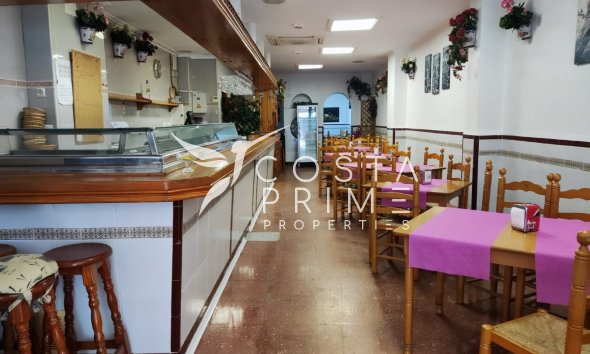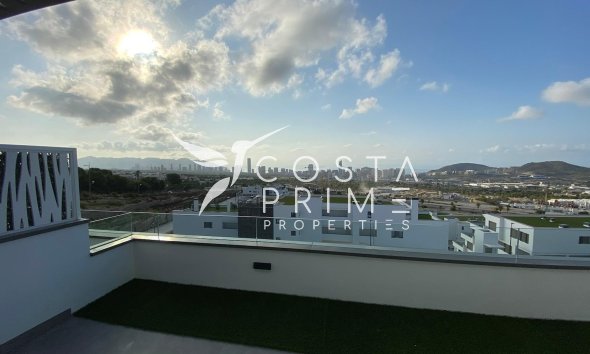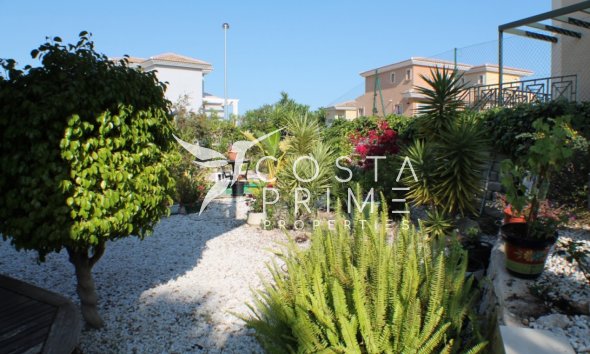Divide a property in two by horizontal division in Spain

Complete guide for the Horizontal Division of a property: procedure, costs and benefits
The horizontal division of a property is an increasingly common practice in the real estate market. This strategy allows you to transform a single home into two independent units, optimising space and potentially increasing the value of the property. Whether to generate additional income through rental or to adapt the property to new family needs, horizontal division can offer multiple advantages. However, this process involves a series of legal and technical steps that must be carefully followed to guarantee the success of the operation. In this article, we explain in detail the legal procedure, the approximate costs, the possible problems and the benefits associated with the horizontal division of a flat.
Legal procedure for the Horizontal Division of a property in Spain
1. Prior consultation and technical project
Before starting, verify that local planning regulations allow the horizontal division of property. Hire an architect to prepare a detailed technical project, including plans and a descriptive report.
2. Obtaining licenses and permits
Request the building permit at the town hall by presenting the technical project. Also, be sure to obtain approval from the homeowners' association if the division affects common elements of the building.
3. Execution of works and formalisation
With the license in hand, carry out the renovation works according to the approved project. After completing the works, formalize the division through a public deed before a notary and register it in the Property Registry.
Approximate costs of the Horizontal Division of a property
- Technical Project: Between 1,500 and 3,000 euros.
- Building License: Approximately 2-4% of the work budget.
- Notary and Registry Fees: Around 1,000 - 2,000 euros.
- Renovation Works: They vary between 10,000 and 50,000 euros, depending on the scope.
Possible problems in Horizontal Division
- Denial of License: The city council can reject the license if the project does not comply with the regulations.
- Community Opposition: The community of owners may object, which could require a judicial procedure.
- High Costs: Costs can be high, affecting the financial viability of the division.
- Technical Problems: Structural or installation issues can complicate technical feasibility.
Benefits of Horizontal Division of a property
- Space Optimisation: Allows you to create an additional unit for rent or sale.
- Increased Property Value: Dividing a large property into two smaller ones can increase its overall value.
- Flexibility of Use: It offers the possibility of allocating one part for housing and another for an office or commercial premises.
Making the horizontal division of a property can be an excellent strategy to maximize the use and value of your property. By following the necessary legal and technical steps and considering the costs and possible drawbacks, you can obtain great benefits from this real estate operation.
If you need more specific advice, do not hesitate to contact us to help you.
























